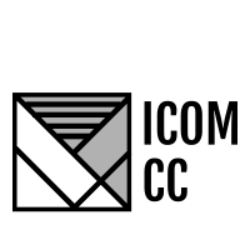From the mid-1990s, the spread of the Internet has led to an increasing shift to the online space, as the staffing processes can be partially automated and accelerated. Another reason is the lower cost compared to the print job advertisements. In 2011, 62.9% of all vacancies were advertised on Internet job boards.
In this recruiting channel, significantly more vacancies were published than in print media, where only two out of ten job advertisements were placed in 2011. This corresponds to a decrease of 17.6 percentage points compared to 2002.
Job boards began with the digitization of the actual job market, which corresponds to the classic collection of job advertisements in print media.
In the coming years, especially the search technologies of the job markets have been improved and further services, such as the use of online applicant profiles, extended. The crucial quality features of job boards are u. a. Frequency of use, up-to-dateness, the quality of the search results, the range of offers as well as the user-friendliness.
There is now an unemployment rate of only 4%. This means that you have also changed the behavior of the candidates. The candidate of today is not active, but is in permanent employment. As far as the application process is concerned, the candidate has become more demanding.
But not only that, but also the passive candidates can be convinced by a better added value. In the last 10 years a strong digitization has taken place. Subsequent portals and websites reflect digitization and have rapidly evolved over the past 10 years.
Development of portals – digitization 2000s
The management of applicants becomes the main activity With the Web 2.0, the job market is online at the beginning of the 2000s. This trend was further stimulated when applications were sent by e-mail. This media change from online to online to fast control of paper application by post. Almost at the same time, application management systems (BMS) were created, which enable the application workflow and above all digitally portrayed.
Over the past 10-15 years, these systems have evolved to further automate the application process. Some of the key features of the past 2-3 years are certainly the introduction of analytics, reports, and dashboards that can be used to measure and optimize the effectiveness of your own applicant management process.
Since 2010: The job market is getting competition
New channels have also been created with the success of Google, Xing, Facebook and Co. Thus, the focus of the recruiters shifted after entering the applicant through the use of different channels.
The recruiter has already built up an understanding of the dynamics of these new recruiting channels in recent years. In addition, since the triumph of smartphones and tablets, there has been a new media change in recruiting to mobile job advertisements. This will, as in product marketing, open the Recruiter in Future other channels.
Since the digitalization has a huge impact on the whole recruitment area it is nowadays common to search for a job online. But since there is also a big shift in the labour market, it is now normal, that not only employees search for an employer. But employers are also searching for employees and try to convince them working for them. If you can call yourself a digital talent in the digital age, you have some advantages on the market.
It is also important as employee to know, how the whole procedure is, regarding the application and job interviews via telephone or video. Thats why employees should inform themselves in the karriere-blog für bewerber. Not only them, but also employers should stay up to date regarding trends in the recruiting area. That’s why the should have a look on the blog für unternehmen, as well as allgemeine themen und trends.

